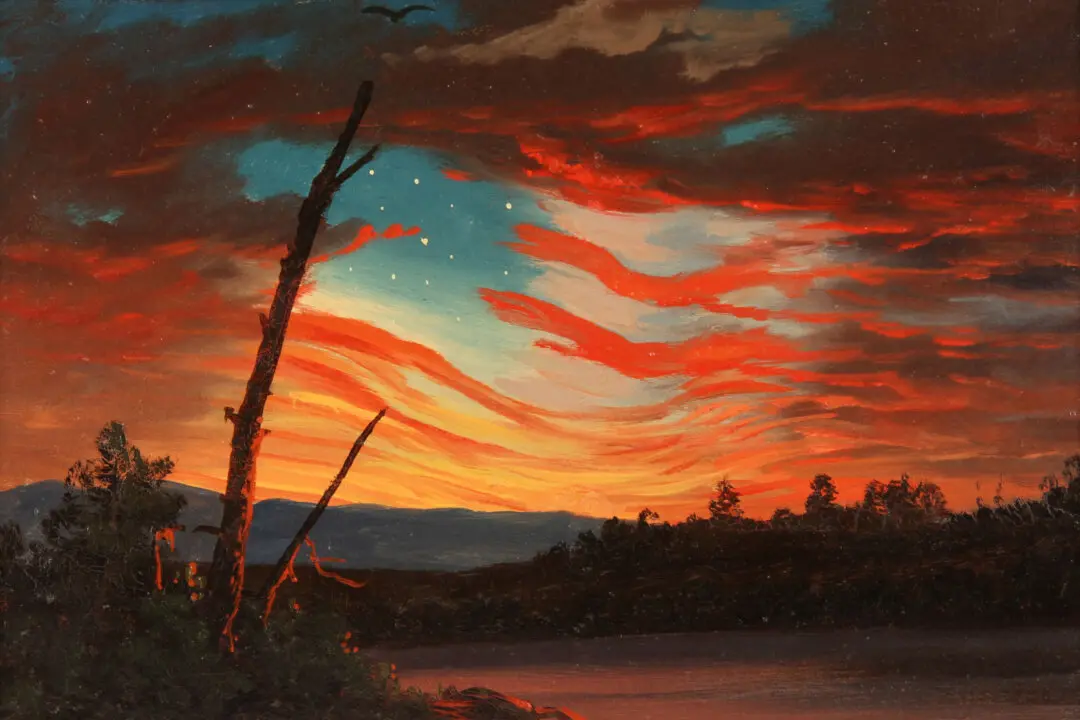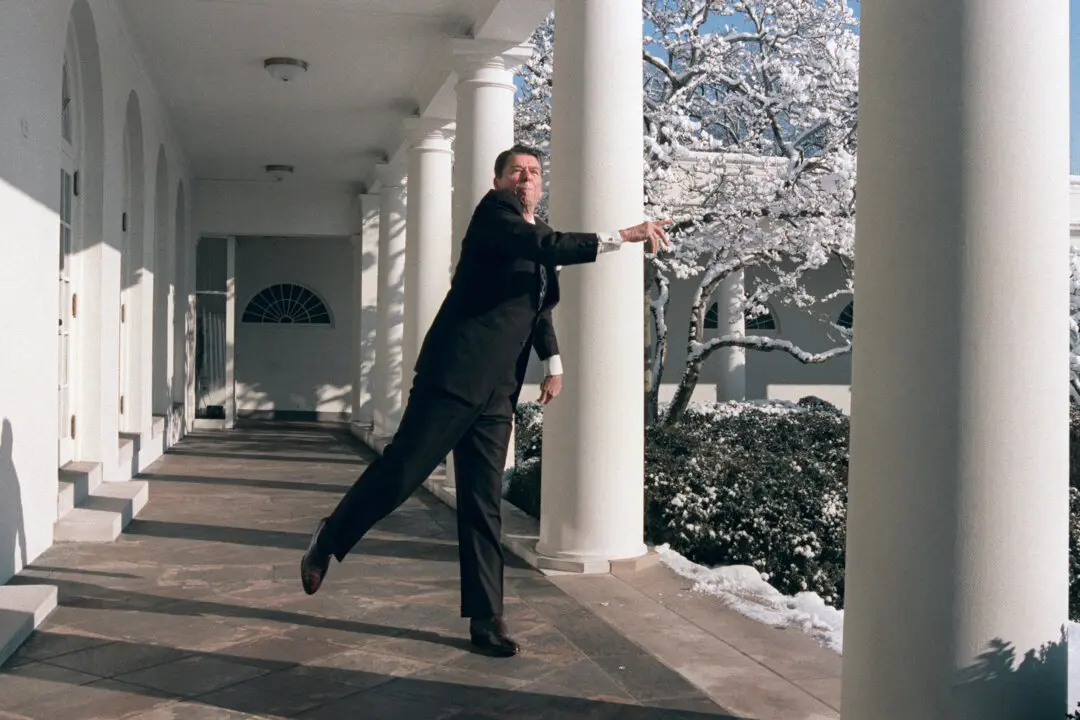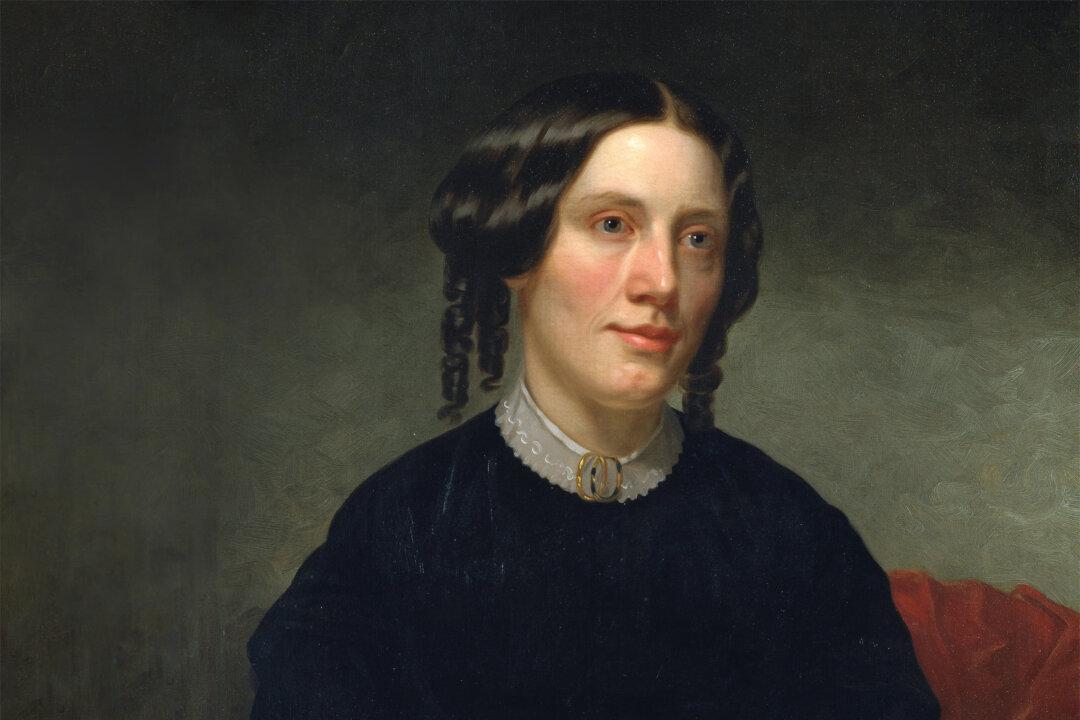“You can get it if you really want You can get it if you really want You can get it if you really want But you must try, try and try Try and try, you'll succeed at last.”
Reggae musician Jimmy Cliff’s lyrics apply to most situations in life: being a good husband and father, a promotion at work, or learning French. Very often, we truly can get something if we really want it and we’re willing to try, try and try.






